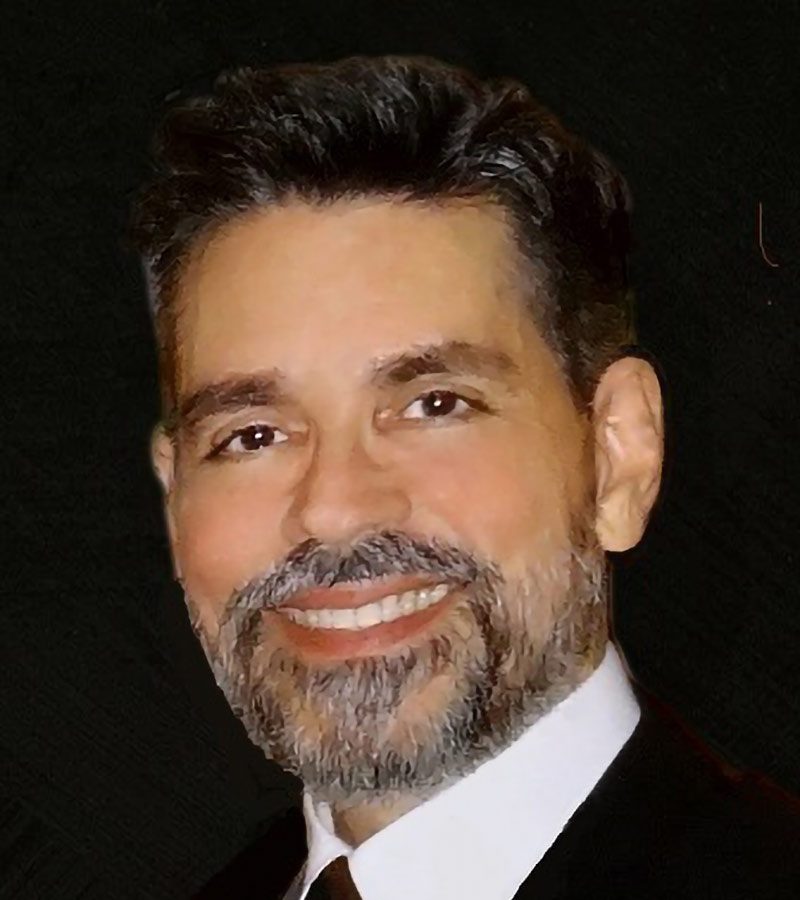After 390 years of Spanish colonialism and on the threshold of the 20th century, Puerto Rico was ceded by Spain to the United States, as a result of the Spanish-American War and the Treaty of Paris. Since then, the Island has been a possession of the United States and its economic circumstances and the state of the people depend, to a large extent, on the decisions of the U.S. Congress.
Today, Puerto Rico’s situation is the result of that historical fact and its consequences. Therefore, in order to talk about the free market, free enterprise, individual liberties and responsibilities, the right to private property, the rule of law and order, and other issues pertinent to the economic, political and social future of the Island, it is appropriate to begin with an overview of the scene in Puerto Rico between 1899 and 1947.
At the dawn of the 20th century, the situation on the Island was one of extreme poverty, high unemployment, and widespread illiteracy. The average life expectancy was estimated at 33 years; less than 20% of the population could read and write; and of the 300,000 school-age children, only about 20,000 attended school, according to a census conducted by the U.S. War Department in 1899.
On April 12, 1900, after approximately 20 months of military rule, the Foraker Act[1]—the first organic charter approved by Congress for Puerto Rico—went into effect. It regulated Puerto Rico’s commercial relations with the United States and established a civilian government on the Island. Under this Act, executive power was exercised by a governor and his cabinet appointed by the president of the United States.
The Foraker Act named the inhabitants of the Island citizens of Puerto Rico; substituted the current provincial currency for the dollar; arranged for the election of a non-voting resident commissioner to Congress; made the laws of the United States applicable to Puerto Rico, except for internal revenue laws; and established a federal district court on the Island.
Shortly after the Foraker Act was enacted, a series of U.S. Supreme Court decisions began to define and establish Puerto Rico’s legal status as an unincorporated territory under the plenary powers of Congress; these decisions are known as the Insular Cases, from 1901 to 1905.
On March 2, 1917, Congress approved a new organic charter, known as the Jones Act,[2] for Puerto Rico and the adjacent islands owned by the United States. It provided a Bill of Rights and conferred U.S. citizenship on the citizens of Puerto Rico. However, the granting of citizenship did not change the colonial situation in Puerto Rico.
After the first 30 years of the 20th century, the island’s economic situation remained deplorable. The monopoly of farmland by absentee corporations, the growth of seasonal agricultural employment, the 12 cents a day wage for workers, and the devastation caused by hurricanes presented a desolate picture.
In 1933, the U.S. government established the Puerto Rico Emergency Relief Administration (PRERA); this agency provided emergency work to thousands of people; built and repaired aqueducts, roads, schools, and hospitals; and improved sanitary conditions. It also distributed free food to people most in need, which led to it becoming known as el mantengo (handout).
Federal programs such as PRERA (until 1936) and two years later the Puerto Rico Reconstruction Administration (until 1941 when Congress eliminated the funds) alleviated the situation on the Island but began to institutionalize a major problem: the evil of passively waiting for economic aid from abroad, instead of seeking to solve the problems by its own initiative.
The 1940s were characterized by the implementation of an agrarian reform and the establishment of the first authorities in Puerto Rico, in charge of diverse areas such as transportation, land, homes, waterways, aqueducts and sewers. Industrialization also began with the creation of the Puerto Rico Industrial Development Company and the Government Development Bank for Puerto Rico.
The Puerto Rican government opened businesses and established industrial operations for the production of glass bottles, boxes, ceramics, and shoes. Nevertheless, the economy was unable to fully employ the growing labor force. Unemployment rarely fell below 10%, even in the busiest season: the sugarcane harvesting season.
In 1946, President Harry S. Truman appointed then-resident commissioner Jesús T. Piñero as governor, becoming the first Puerto Rican to hold the office. A year later, Congress passed a law granting Puerto Ricans the right to elect their own governor for a four-year term.
In the next article, we will review the debates and processes in Congress regarding the economic and political relationship between Puerto Rico and the United States, as well as the approval and establishment of the Commonwealth—the current status of the Island—and the subsequent legal opinions on their scope and limitations.
[1] The text from this law is available here https://scholarscollaborative.org/PuertoRico/items/show/103.
[2] The text from this law is available here https://scholarscollaborative.org/PuertoRico/items/show/4.
Dr. Ángel Carrión-Tavárez is Director of Research and Public Policy at the Puerto Rico Institute for Economic Liberty, editor, and consultant.


